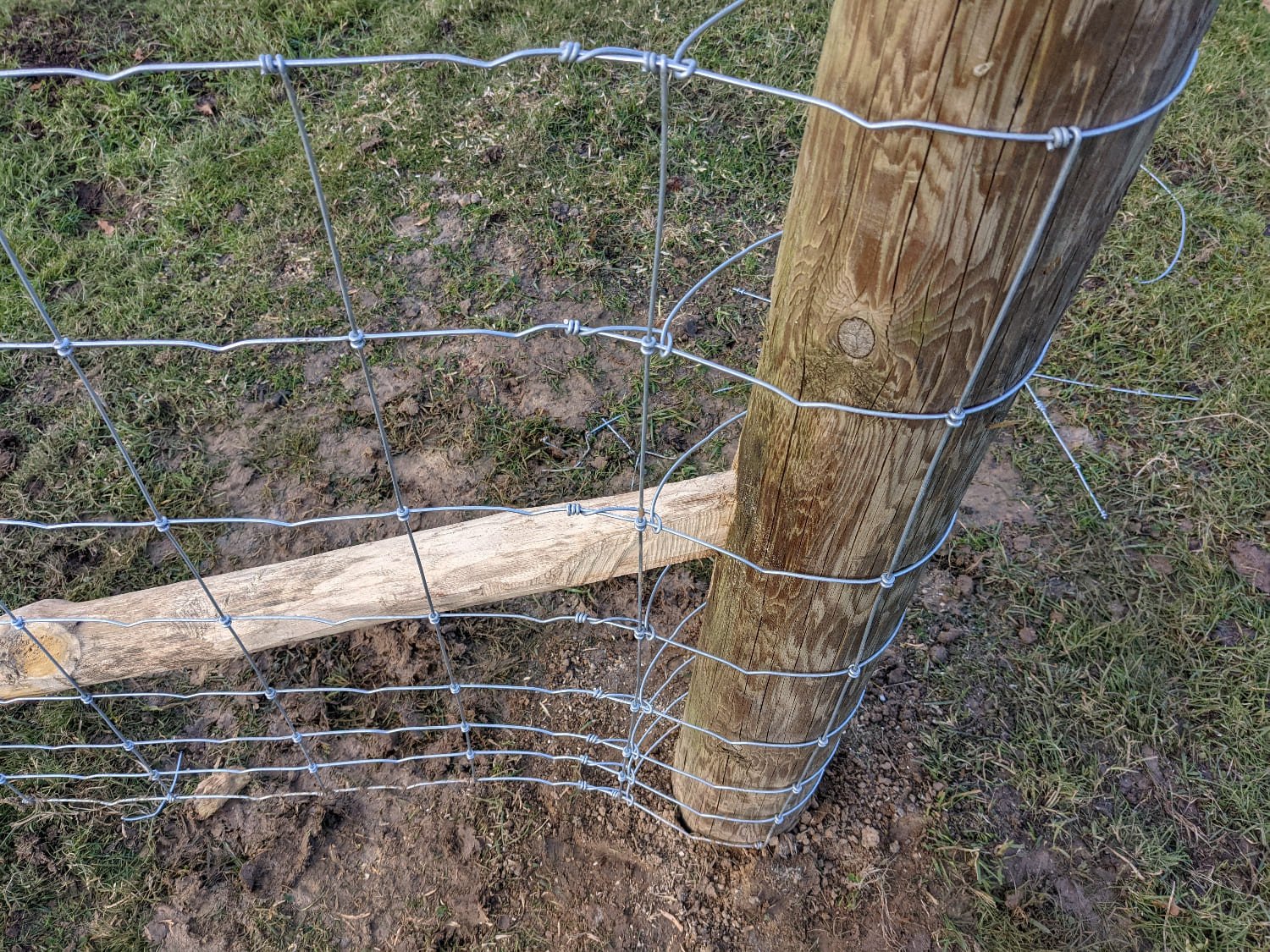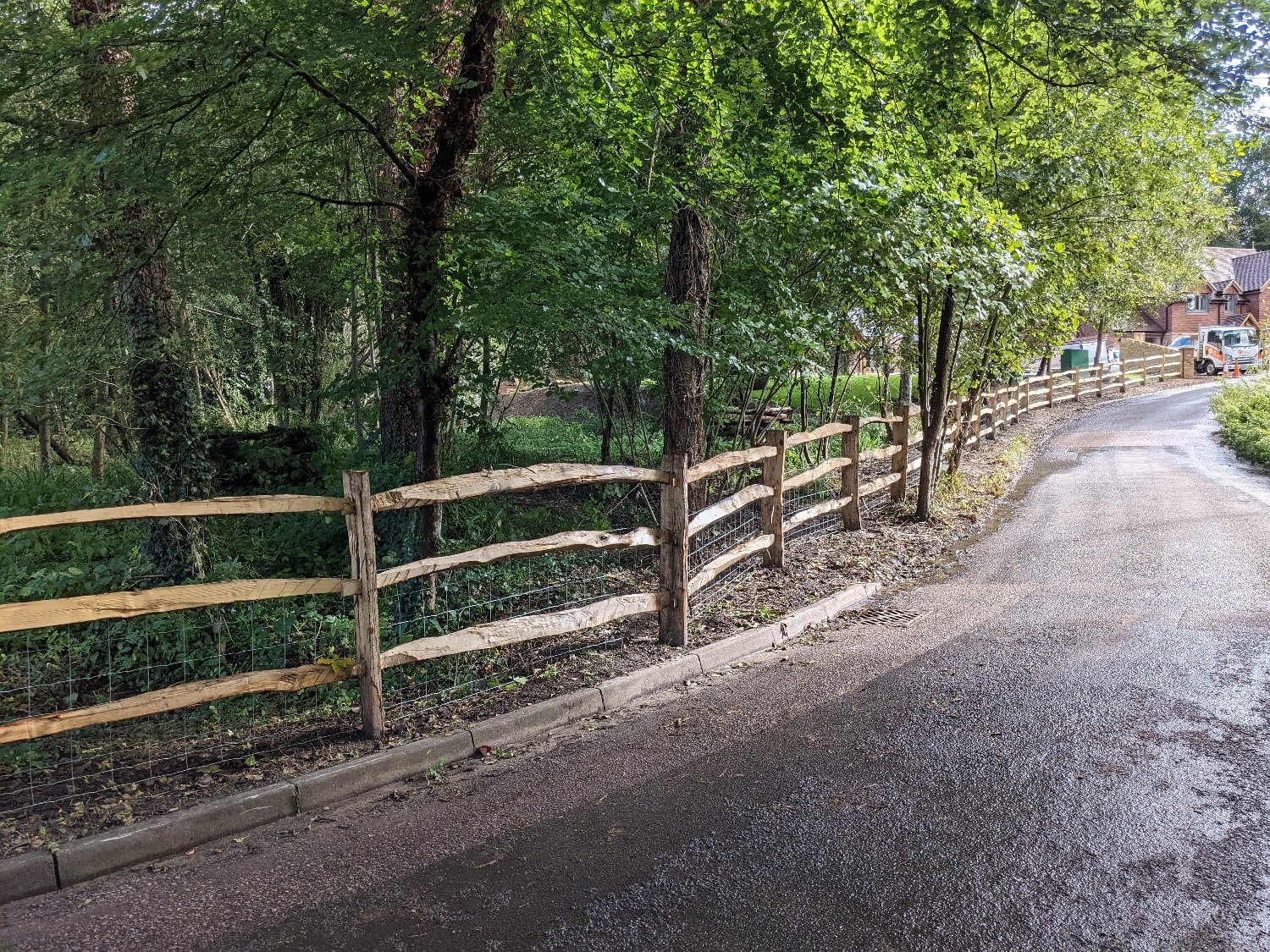Stock Fencing
Stock fencing is to contain livestock, such as sheep, cattle, and horses. It is typically made of wooden or metal posts and wire netting. Designed to be strong and durable enough to withstand the pressure and movement of animals.
Post and rail fencing is often used as stock fencing in rural and agricultural settings, such as farms and estates, as well as in residential gardens and parks. It is a popular choice for its natural aesthetic and long-lasting durability.
Stock fencing is often used in rural areas to mark the boundaries of fields or pastures, or to separate different groups of animals.
There are several different types of patterns of stock netting designed specifically for each animal,
sheep, horse and deer fencing.
Stock fencing is an important aspect of livestock management and is essential for the safety and well-being of animals. It is also an effective way to protect crops and other assets from damage caused by roaming wildlife or people.
Stock fencing and gates
Stock netting tied with termination knots
Post and Rail Fencing
There are several different styles, including:
Half round rail: Round rails are more decorative. It can be used in a variety of settings, including gardens, yards, and paddocks.
Chestnut Post and rail: Sourced locally in Sussex and Kent this style is a common site. Also known as ‘Sussex Fencing’ it has a ‘Rustic’ look that uses the natural shape of the timber
It can also be used to contain livestock and is common to see in any rural setting.
Sawn Post and Rail: The machined timber give a uniform look to the fence that can be customised in a number of ways. Wire netting can be added for stock proofing with 3-5 rails for strength
If you are considering installing sawn post and rail fencing, it is important to choose high-quality wood and preservative treatment.




